When Rodrigo first walked into Sonrisa Italiana, his smile told a story—but not the one he wanted it to. At a glance, it looked fine. But the closer you looked, the more it became clear that something essential was missing: curvature, character, and presence.
Rodrigo’s previous smile design lacked depth. It didn’t follow the natural arc of the smile or emphasize the structural anatomy that makes a smile truly expressive. Most notably, his canines—those teeth that should punctuate a smile with strength—were worn, flattened, and visually absent. And that absence was felt not just in his bite, but in his overall facial expression.
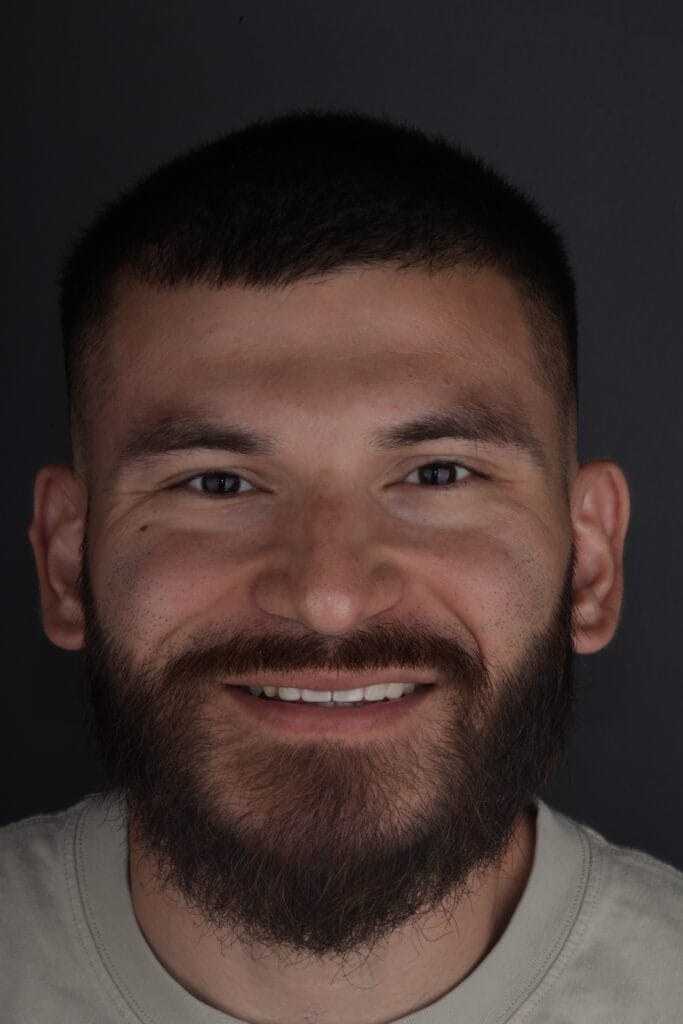
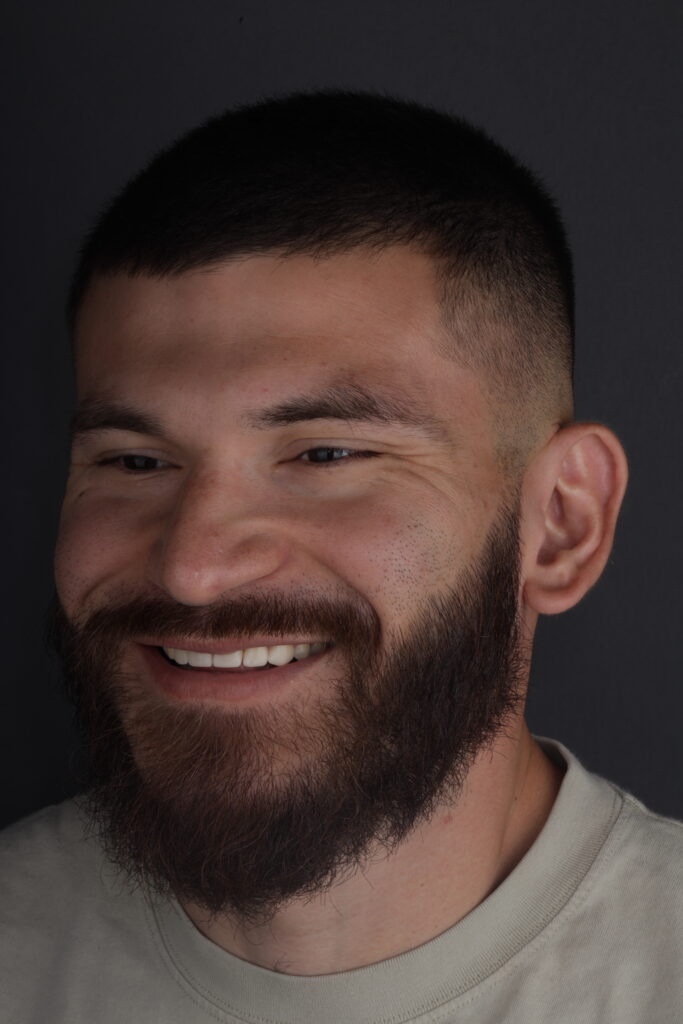
What Rodrigo wanted wasn’t superficial. He wasn’t chasing a trendy aesthetic. He was seeking authenticity—a design that aligned with how he felt inside and how he wanted to show up in the world.
Function Meets Aesthetics: The Role of Canines in Smile Design
In modern dentistry, we often talk about “smile design” as if it were purely visual. But at Sonrisa Italiana, we go deeper. We understand that form follows function, and that function shapes emotion, expression, and identity.
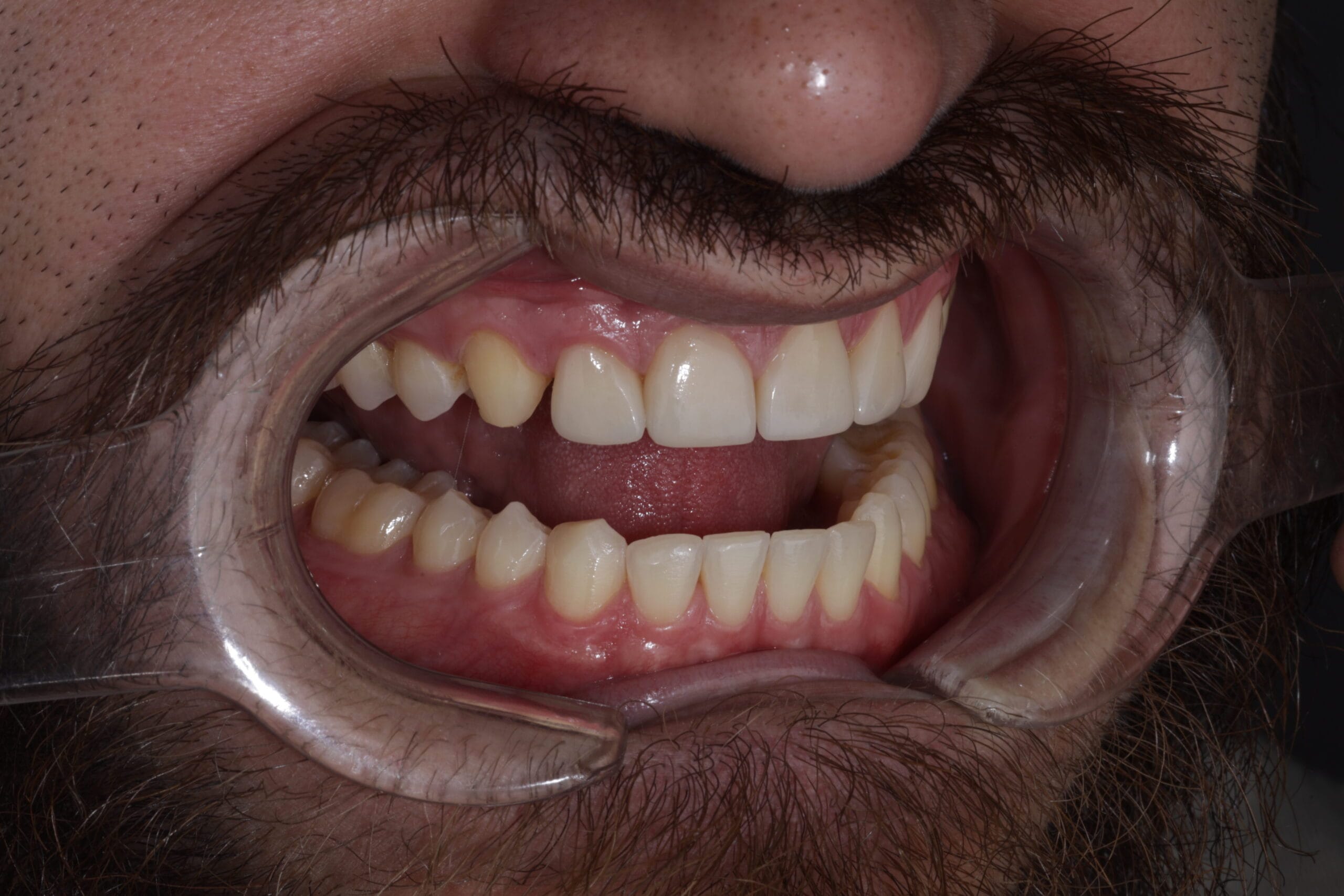
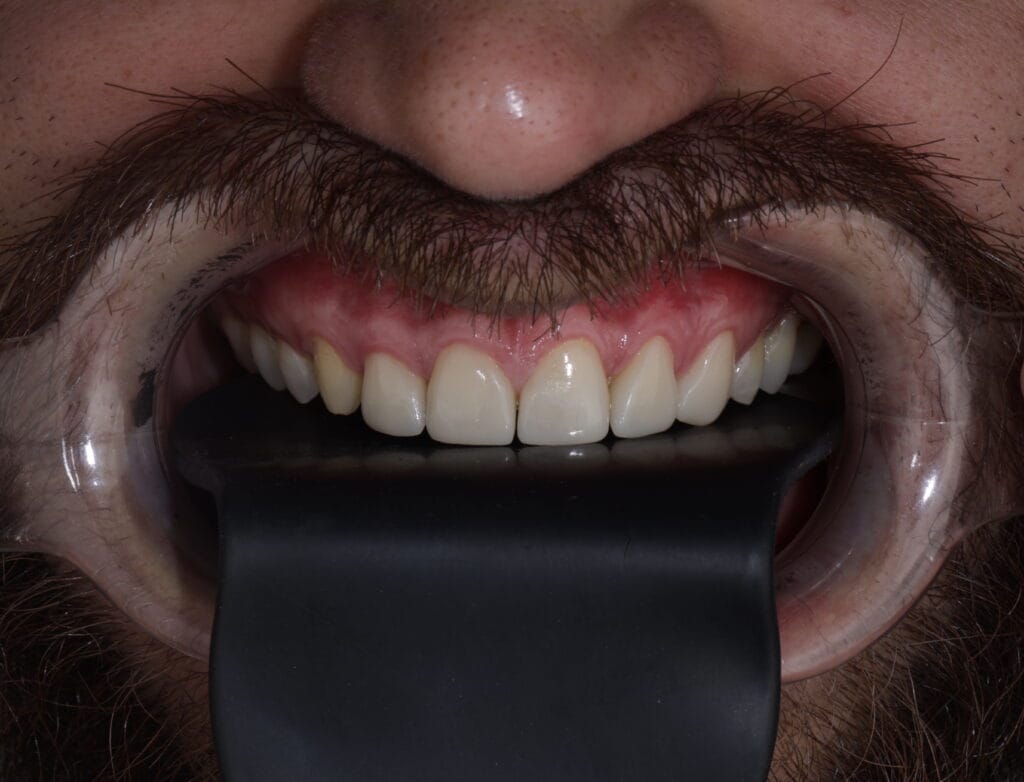
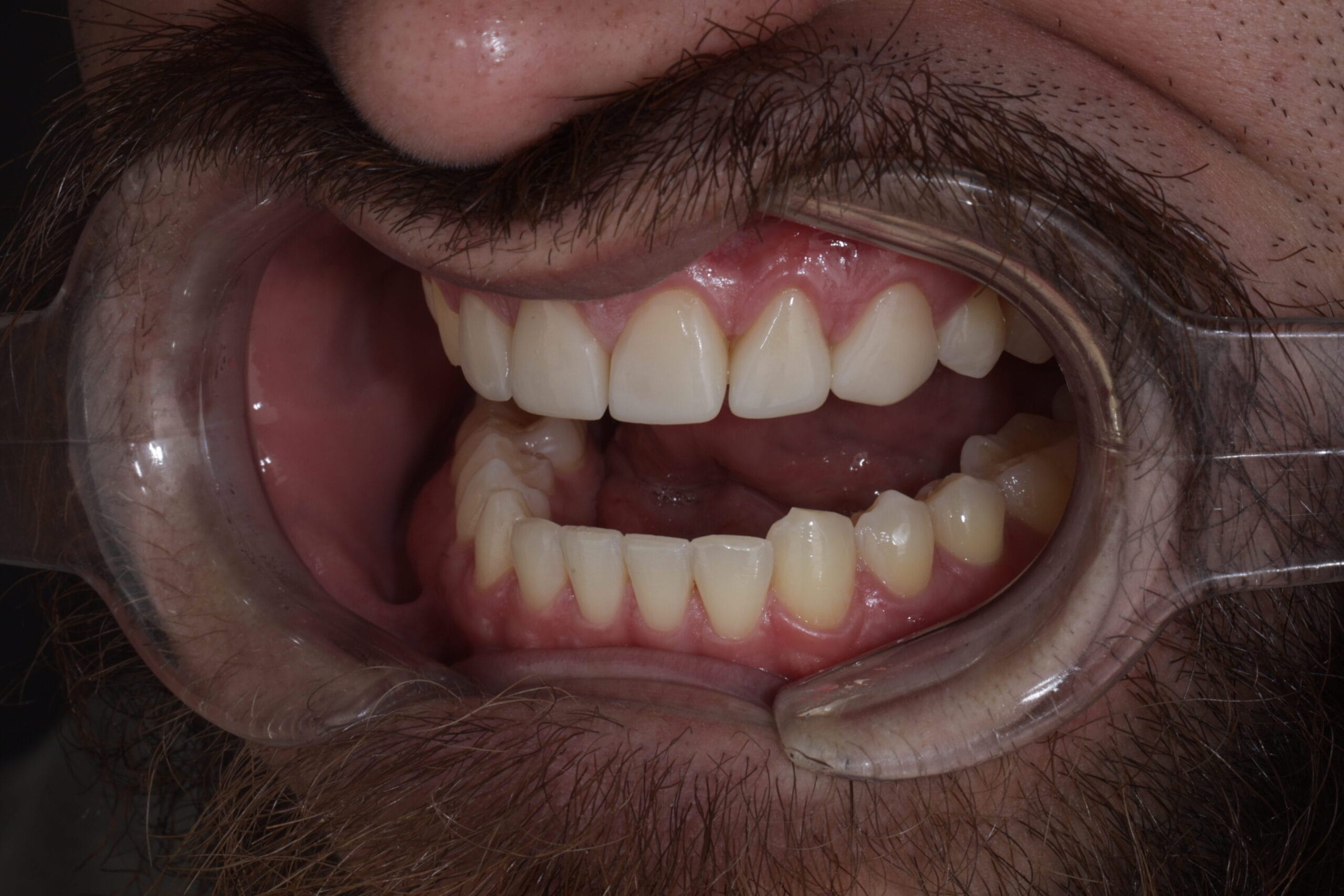
Take the canines, for example. These pointed teeth are more than just decorative—they’re essential to how our jaws move. They guide lateral movement, help disclude the posterior teeth during function, and protect the TMJ (temporomandibular joint). When they’re worn or missing, bite dynamics are compromised, but so is the visual strength of the smile.
Rodrigo knew this intuitively, he didn’t just crave sharper canines—he wanted them to function like they once did. He missed feeling them when he smiled, spoke, or bit into food. His goal was a powerful smile, and for that, his canines needed to take the lead.
The Plan: Structure, Harmony, and a Return to Vertical Dimension
Rodrigo’s treatment was carried out by Dr. Daniel Zabaleta and Dr. Paola Zabaleta, two of our leading clinicians in aesthetic and functional dentistry. They approached his case with both scientific precision and artistic intention.
The first phase involved recovering the lost vertical dimension of his bite. Years of wear had reduced the height of his posterior teeth, compressing his lower third and creating a more aged, collapsed look. To correct this, we used tabletop restorations—a minimally invasive technique that allows us to rebuild molars and premolars without aggressive tooth preparation, while reopening the vertical space needed for proper function and aesthetics.
With that foundation re-established, we moved on to the aesthetic phase: 10 lithium disilicate veneers, carefully layered to reflect light like natural enamel, and precisely sculpted to mimic real dental anatomy. The canines were the stars of the show—sharpened, lengthened, and subtly rotated to regain their natural dominance and functional role.
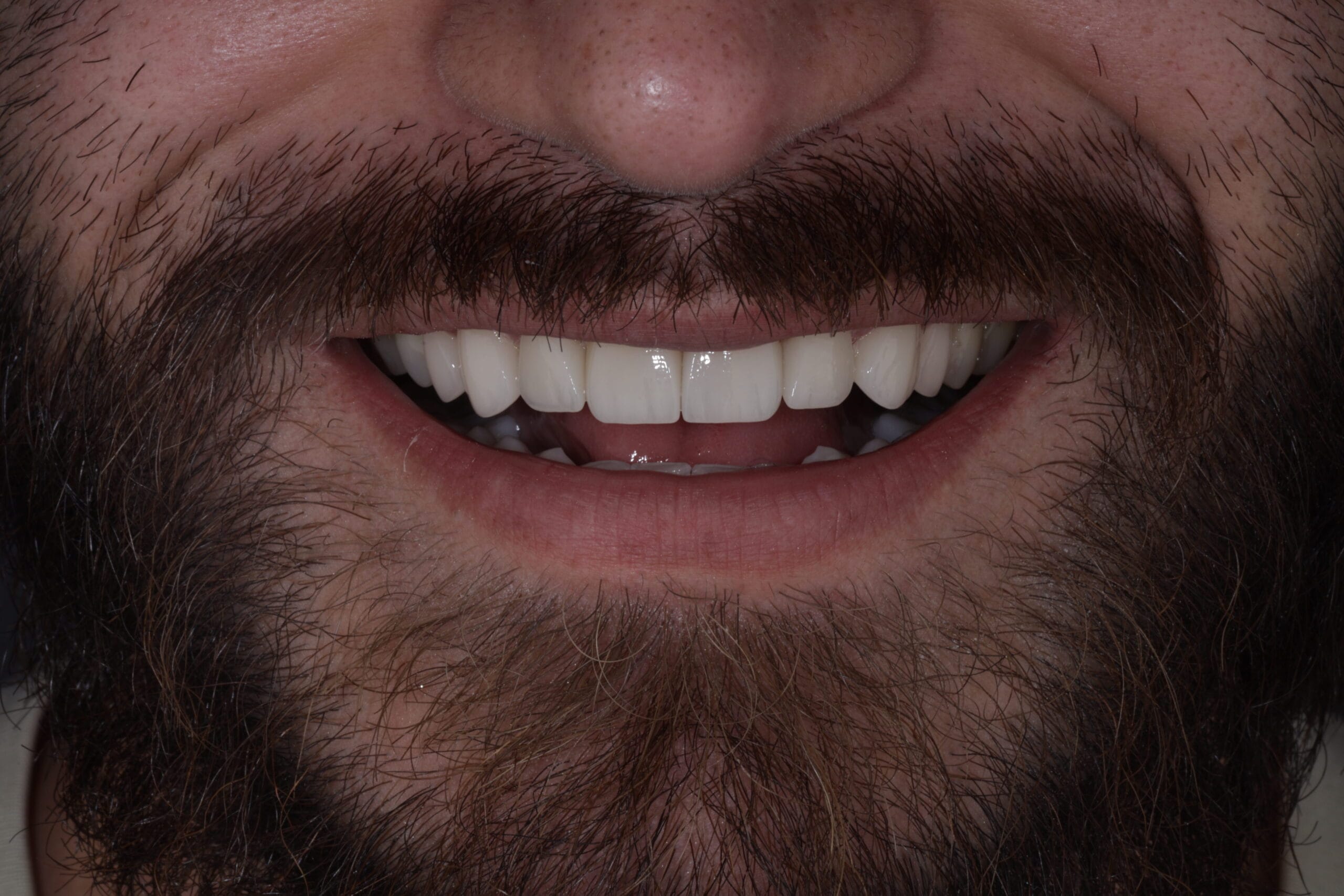
But it wasn’t just about the canines. Each tooth was harmonized with the lips, face, and jaw movements. The result wasn’t a smile that looked designed—it looked organic, as if it had always been part of Rodrigo’s identity.
Teeth Have a Language. We Just Know How to Read It.
Dental anatomy follows purpose. Every cusp, ridge, and angle serves a specific function. Incisors cut, molars grind, and canines guide. A smile designed without understanding these principles might look perfect on camera, but it won’t feel right in terms of function or emotion.
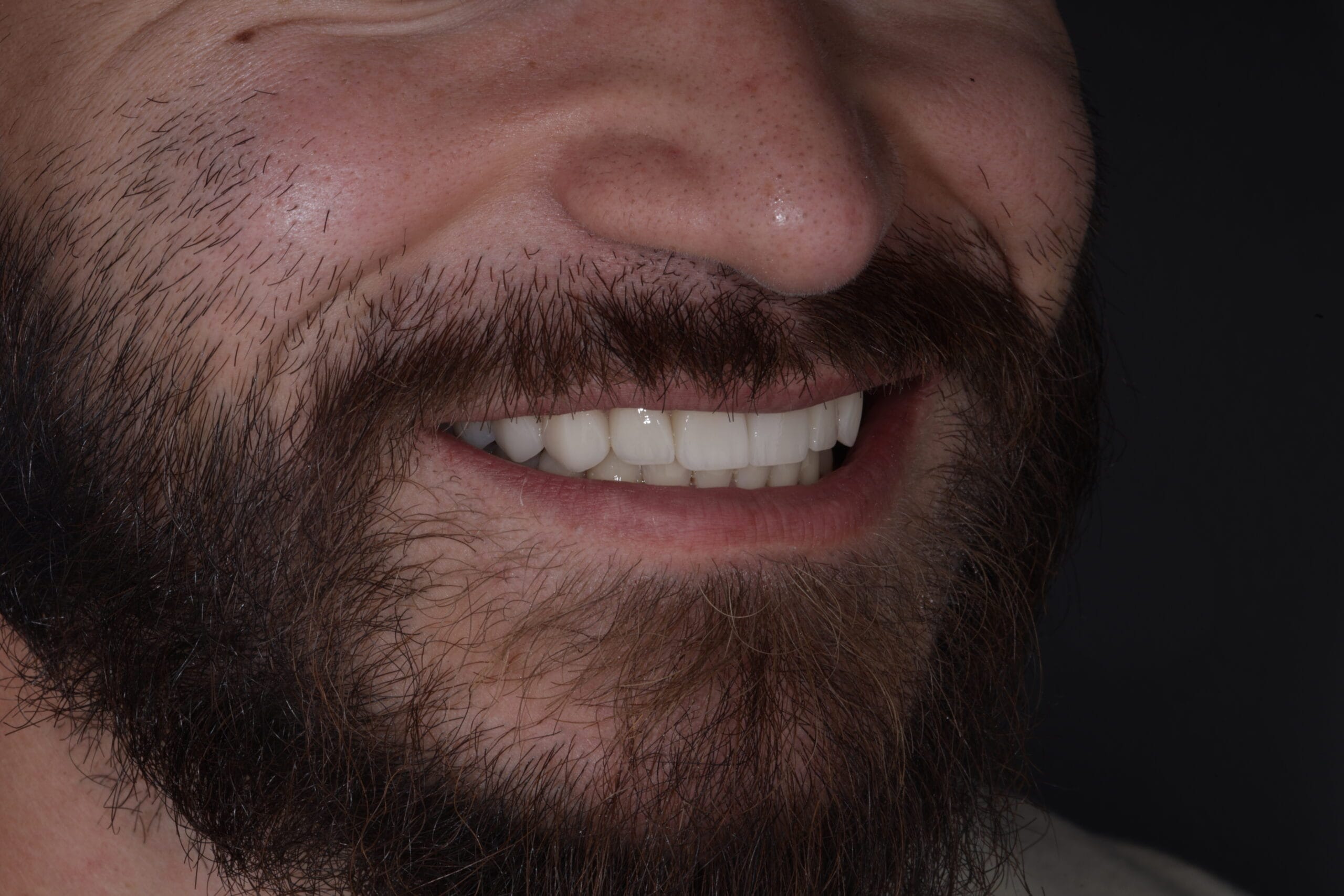
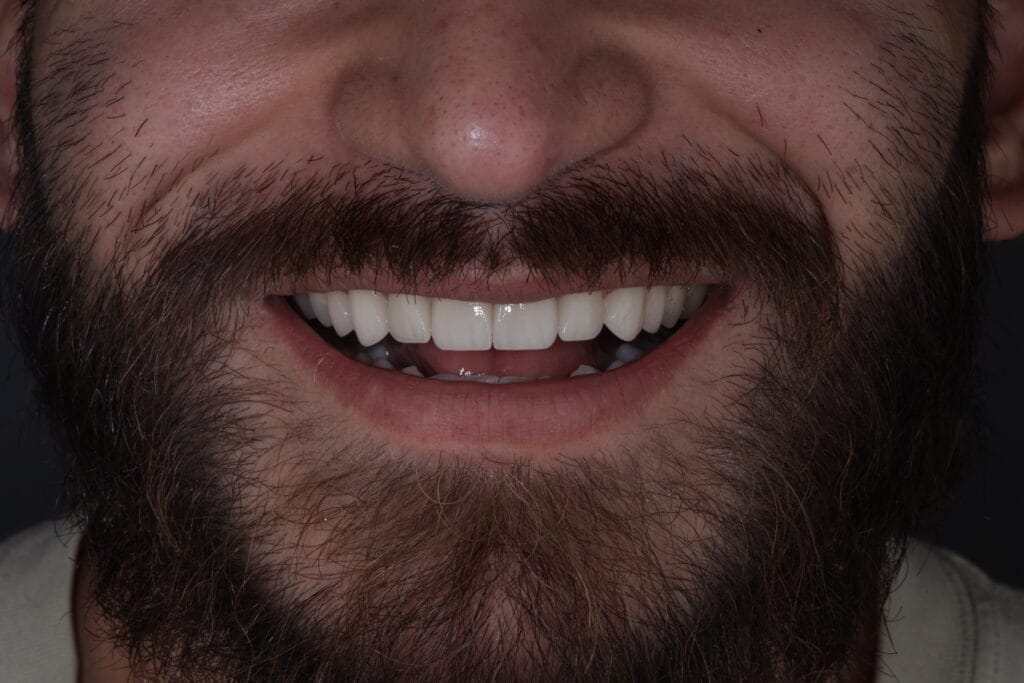
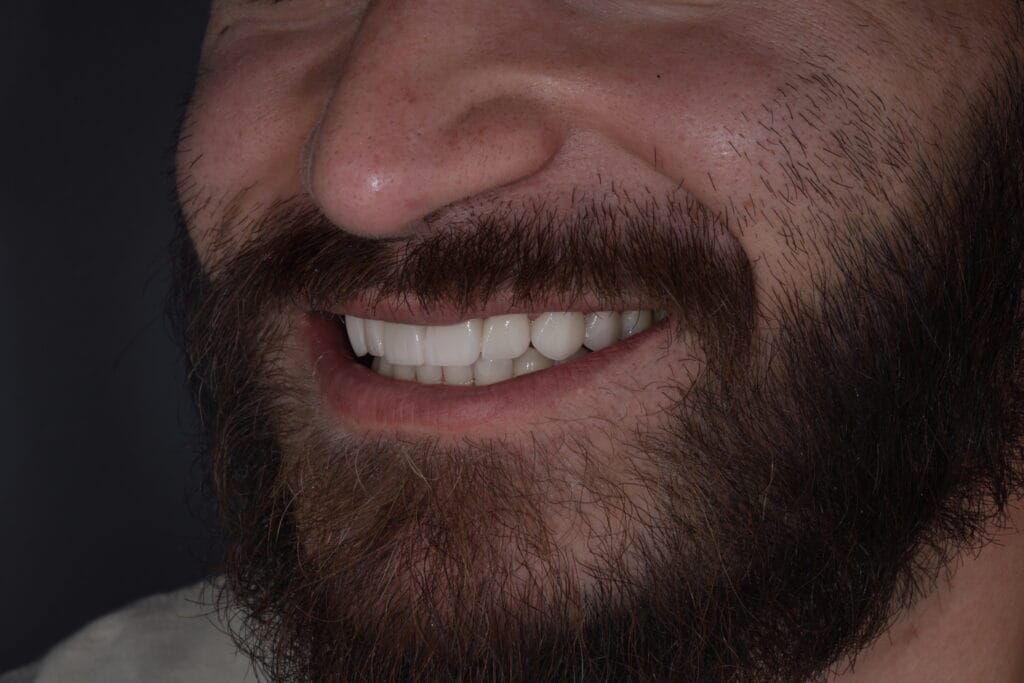
At Sonrisa Italiana, we don’t work with templates. We work with intention. Every shape we sculpt is based on how that patient speaks, laughs, and expresses emotion. Because a smile is not just part of the mouth—it’s a central part of facial expression and personal identity.
Rodrigo’s case reminds us of that. His new smile doesn’t just function better—it communicates more clearly. It has strength, presence, and purpose.
From Flat to Fierce: A New Expression, A New Confidence
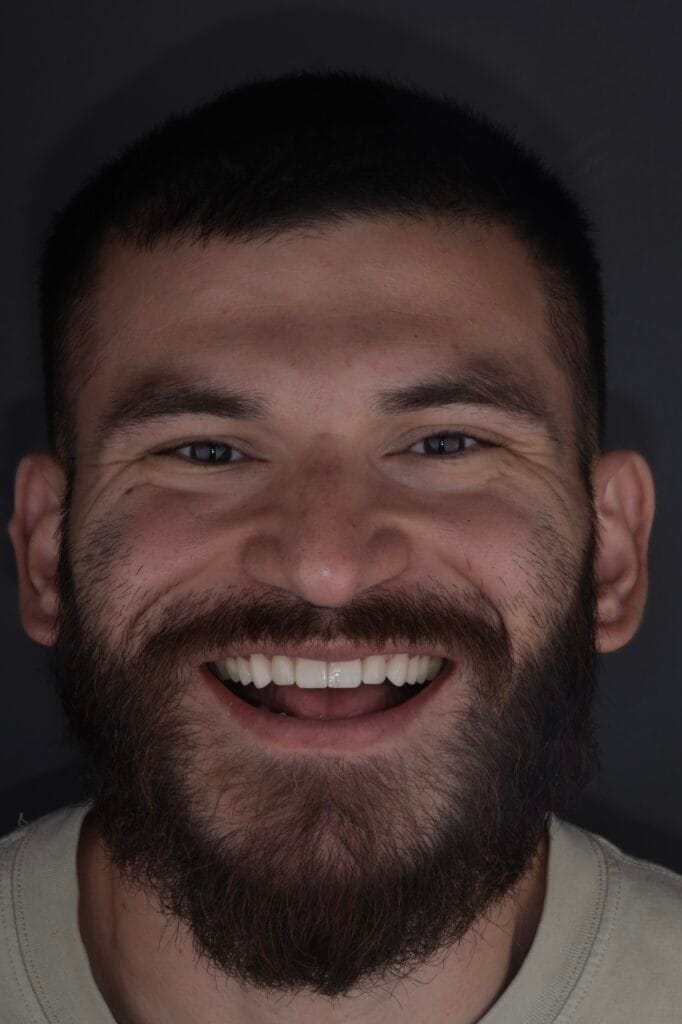

What makes a smile powerful isn’t just symmetry or whiteness. It’s how it lives on the face. After his transformation, Rodrigo’s smile doesn’t just sit in his mouth—it frames his entire lower face, elevates his expression, and gives him a grounded, confident presence. Rodrigo recovered dimension, expression, and bite stability. His new canines are back in their rightful place, and with them, so is his natural facial energy.
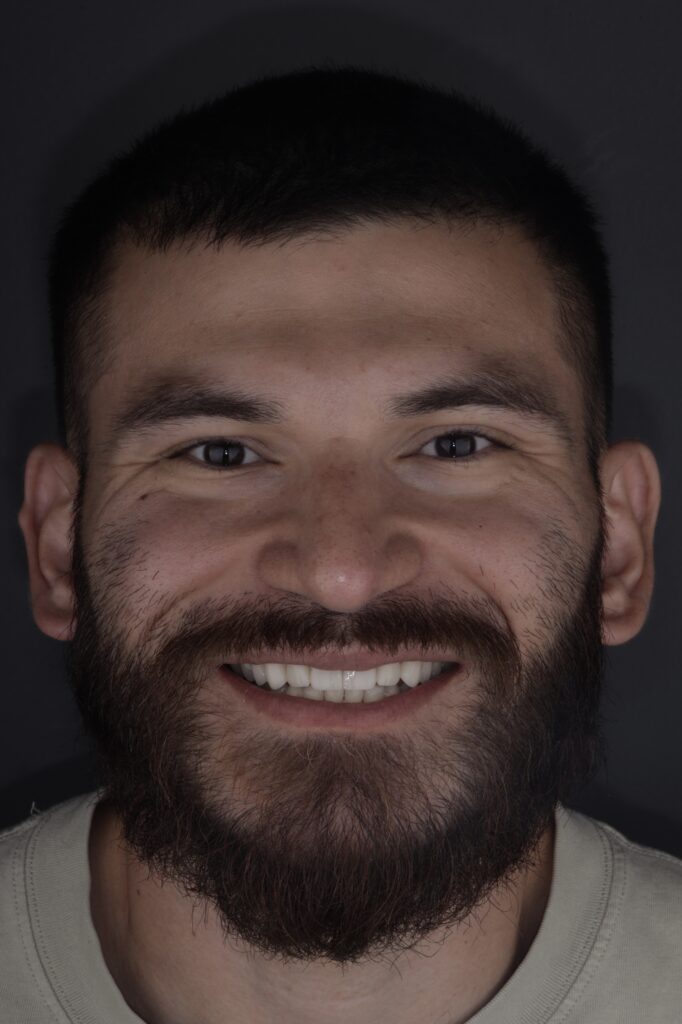
At Sonrisa Italiana, we don’t just design smiles. We restore function, build confidence, and create harmony between anatomy and identity.
Because when science and beauty work together, the result is not just aesthetic. It’s powerful.
Case review written by Dr. Laura Bula, expert in dental and facial aesthetics

